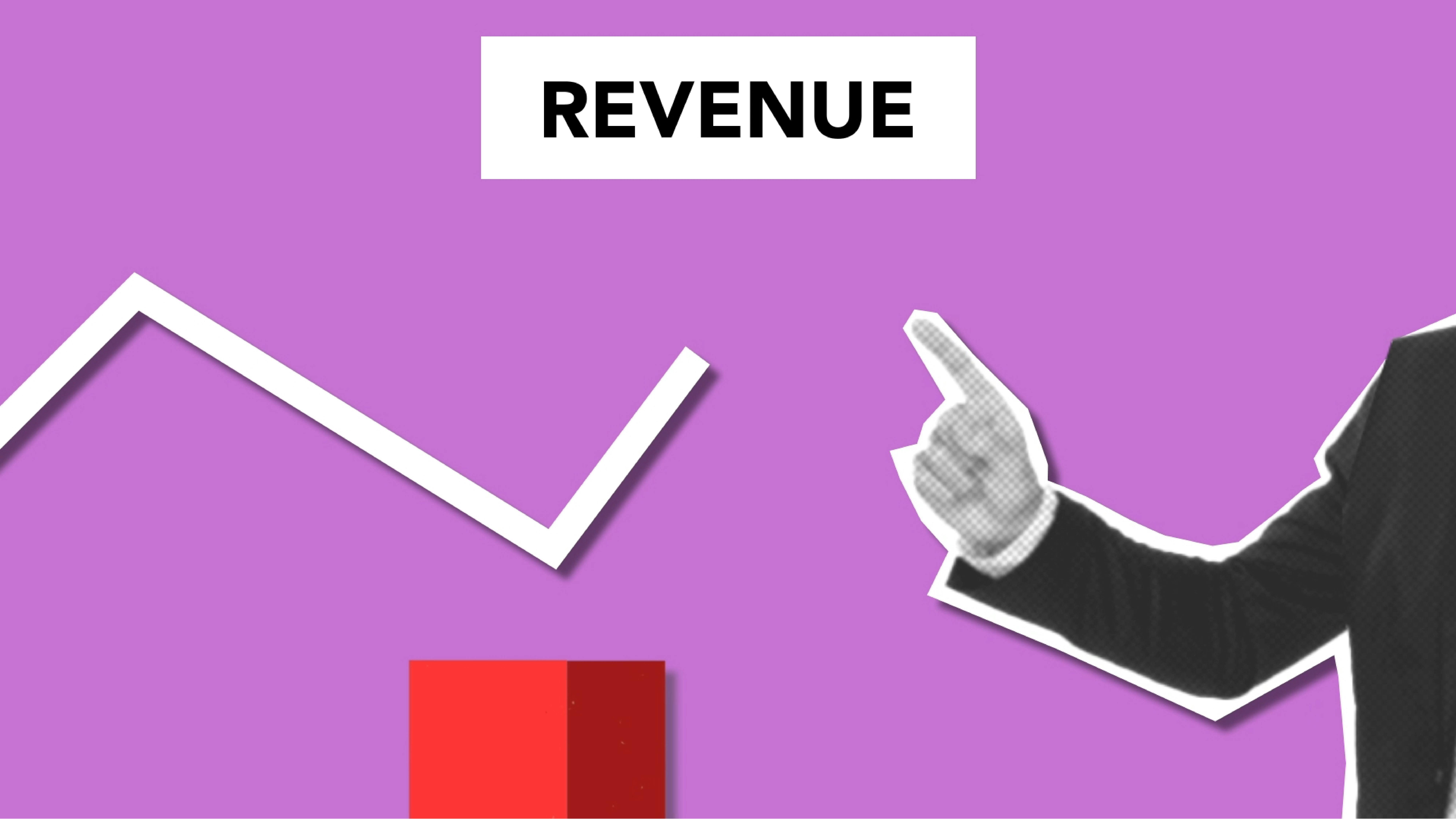Launching a product on Amazon can be an exciting yet daunting task. With millions of sellers and an extensive product range, it’s crucial to have a strategic approach to stand out and achieve success. In this guide, we will walk you through the essential steps to successfully launch your product on Amazon and gain the competitive edge you need.
1. Conduct Market Research
Before diving into product development, it’s essential to understand the market landscape. Conduct thorough market research to identify potential product ideas and assess demand. Here are some steps to follow:
Identify Your Niche
Determine your target market and find a niche that interests you. A focused approach will help you create a more tailored marketing strategy. Use tools like Jungle Scout or Helium 10 to analyze sales data and identify trending products.
Analyze Competitors
Examine your competitors to understand their strengths and weaknesses. Look at their product listings, customer reviews, and marketing strategies. Take note of what they do well and where they fall short. This insight can help you identify opportunities to differentiate your product.
Understand Customer Needs
Reading customer reviews can reveal pain points and unmet needs in the market. Look for common themes and issues that customers face with existing products. Addressing these pain points in your product can set you apart from the competition.
2. Source Your Product
Once you’ve identified a product idea, it’s time to source it. Depending on your niche, you can choose from various sourcing options:
Manufacturing
If you have a unique product idea, consider manufacturing it. Research and connect with manufacturers, either locally or overseas. Platforms like Alibaba can help you find reliable suppliers.
Wholesale
You can also buy products wholesale from manufacturers and sell them on Amazon. This option often requires less investment and is ideal for those just starting out.
Private Labeling
Private labeling involves rebranding existing products. You can find products from manufacturers and add your brand label. This approach can be cost-effective and allows you to establish your brand without starting from scratch.
3. Optimize Your Product Listing
Creating an optimized product listing is crucial for visibility and conversion rates. Here’s how to craft a compelling Amazon product listing:
Write a Catchy Title
Your product title is the first thing customers will see. Include your main keyword, brand name, and key features. For example, instead of “Water Bottle,” use “Eco-Friendly Stainless Steel Water Bottle – 24 oz – BPA Free.” This provides more information and improves searchability.
Use High-Quality Images
Visual appeal is vital for conversion. Use high-resolution images that showcase your product from multiple angles. Consider including lifestyle images that demonstrate your product in use. Follow Amazon’s image guidelines for optimal results.
Craft Compelling Bullet Points and Description
Use bullet points to highlight key features and benefits. Keep them concise and focused on what matters to your customers. In the product description, provide more in-depth information about your product, its unique selling points, and how it solves customer problems.
Include Keywords
Incorporate relevant keywords throughout your listing, including in the title, bullet points, and description. Use tools like Amazon’s Keyword Tool or MerchantWords to identify popular keywords in your niche. This will improve your product’s visibility in search results.
4. Set Your Pricing Strategy
Pricing plays a significant role in the success of your product launch. Consider the following pricing strategies:
Competitive Pricing
Research your competitors’ pricing and set your price competitively. Ensure that your price reflects the value of your product. Offering an introductory price or discount can also attract initial buyers.
Psychological Pricing
Consider using psychological pricing strategies, such as setting the price just below a round number (e.g., $19.99 instead of $20). This can make your product seem more appealing.
Factor in Costs
Make sure to factor in all costs associated with your product, including manufacturing, shipping, and Amazon fees. Ensure that your pricing allows for a reasonable profit margin.

5. Launch Your Product with a Marketing Plan
A well-thought-out marketing plan is crucial for a successful product launch. Here are some strategies to consider:
Utilize Amazon Advertising
Amazon offers various advertising options to help increase visibility. Sponsored Products, Sponsored Brands, and Sponsored Display ads can help you reach a broader audience. Set a budget and monitor the performance of your ads to optimize your strategy.
Leverage Social Media
Promote your product on social media platforms like Facebook, Instagram, and Pinterest. Create engaging content that showcases your product and encourages shares and comments. Collaborating with influencers can also expand your reach.
Build an Email List
If you have a website or existing customers, leverage email marketing to announce your product launch. Offer exclusive discounts or early access to incentivize sign-ups. Email campaigns can help generate buzz and drive traffic to your Amazon listing.
6. Gather Reviews and Feedback
Product reviews are critical for building credibility and trust. Here’s how to encourage positive reviews:
Follow Up with Customers
After a purchase, send follow-up emails thanking customers for their order. Politely ask for feedback and encourage them to leave a review on your product page.
Use Amazon’s Early Reviewer Program
Amazon offers an Early Reviewer Program that encourages buyers to leave reviews in exchange for a small incentive. This program can help you gather initial feedback and boost your product’s credibility.
Respond to Reviews
Engage with customers who leave reviews by responding to their feedback. Thank positive reviewers and address any concerns from negative reviews. This demonstrates your commitment to customer satisfaction and can encourage more buyers.
7. Monitor and Adjust Your Strategy
Launching a product on Amazon is not a one-time effort; it requires ongoing analysis and adjustments. Keep an eye on your performance metrics, including sales, conversion rates, and ad performance. Here’s how to stay on top:
Analyze Data
Use Amazon’s analytics tools to track your sales performance, customer engagement, and advertising effectiveness. This data can provide insights into what’s working and what needs improvement.
Make Adjustments
Based on your analysis, adjust your pricing, advertising strategy, or product listing as needed. A/B testing different titles, images, or descriptions can help you identify what resonates best with your audience.
Stay Updated on Trends
The Amazon marketplace is constantly evolving, so stay informed about industry trends and changes in Amazon’s policies. This knowledge will help you adapt and remain competitive.
Take Your Amazon Business to the Next Level with Panda Boom
If you’re feeling overwhelmed by the complexities of launching a product on Amazon, consider partnering with Panda Boom. As a full-service Amazon FBA agency, we specialize in providing expert guidance and support at every step of the process. From product listing optimization to marketing strategies, we’re here to help you maximize your success on Amazon. Contact us today to learn more about how we can assist you in launching your product and boosting your sales.




















 Help Center
Help Center





